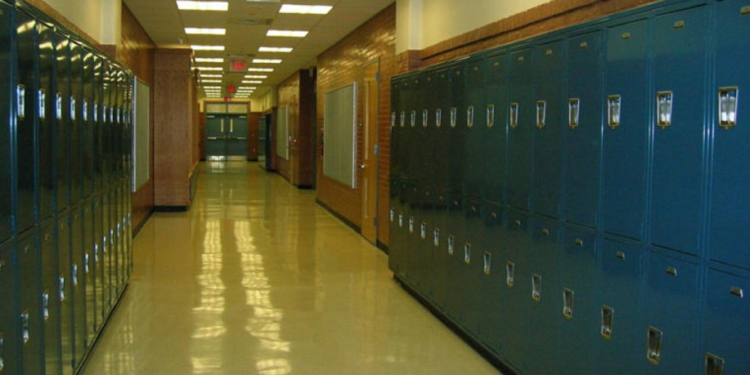Dec 13, 2024 Story by: Editor
High school teacher Steve Lazar was thrilled when he first heard about SUNY’s new policy to automatically admit seniors in the top 10% of their class to select campuses.
Having spent much of his career at non-selective New York City high schools serving low-income students of color, Lazar saw the initiative as an opportunity to level the playing field in a college admissions process often favoring those with greater resources and time.
However, the policy’s additional criteria raised concerns. The “Top 10% Promise” requires students to meet benchmarks beyond a high GPA, such as achieving certain SAT or ACT scores, passing at least two Advanced Placement exams, or being on track to earn advanced diplomas.
These requirements significantly impact Black and Latino students in New York City, making them less likely to receive automatic admissions offers compared to their white and Asian American peers, a Chalkbeat analysis of city data revealed.
While Black and Latino students comprised 51% of top graduates across schools last year, they represented only 36% of those meeting the added criteria for SUNY’s direct admission. Conversely, white and Asian American students made up 47% of top graduates but accounted for 61% of those qualifying for the program.
“I was unbelievably dismayed by the impact of these extra rules,” Lazar said. “My question is why have they put in these arbitrary criteria that are going to disproportionately exclude a Black and brown population?”
Data Highlights Unequal Impact
Chalkbeat evaluated SUNY’s policy by analyzing data from New York City’s Education Department for last year’s graduating class. While the direct admissions initiative is set to begin for current seniors, the figures provide a close approximation of its impact.
The analysis found that approximately 2,400 students would have been excluded by the additional test score requirements, leaving only 6% of city seniors eligible for the program.
States like California and Texas have implemented similar direct admissions programs, which have gained popularity nationwide. SUNY’s initiative provides automatic admission to nine campuses, including Purchase College, the University at Albany, and Stony Brook University, but excludes top institutions like Binghamton University.
The program aims to reduce barriers for high-achieving students from low-income households and encourage them to remain in New York for college.
“It removes the barrier of doing the application,” SUNY Chancellor John King told the Daily News. “It removes the barrier of students maybe questioning if they’re going to be able to get into a top college.”
Experts Question Criteria and Outcomes
Asked about the additional requirements, SUNY spokesperson Holly Liapis said they are intended to “ensure that students are academically prepared to succeed in college.” She emphasized that students who do not qualify for automatic admission can still apply to SUNY campuses and pointed to the Educational Opportunity Program, which offers additional support to low-income students.
However, researchers have raised concerns about the policy’s restrictiveness. Zachary Bleemer, an economics professor at Princeton University, noted that SUNY’s criteria seem more stringent than those in other states. He warned that excluding students based on test scores could prevent access to opportunities that significantly enhance graduation rates and earnings.
“It’s very easy for state administrators to believe that top high school students with low test scores would not be able to take advantage of the educational resources provided by large public universities,” Bleemer said. “And that’s often wrong.”
Educators Share Mixed Reactions
While some educators support the program, others express reservations. Nitzan Ziv, a college and career counselor at Harvest Collegiate High School in Manhattan, said her students who qualified were excited to learn they had secured spots at SUNY campuses.
“It’s a great morale boost,” she said, noting that some students were admitted to all nine participating campuses.
However, Ziv echoed concerns about the additional requirements excluding strong candidates. “It just seems like it’s cutting out students who are excellent candidates for no reason,” she said.
As SUNY plans to expand the program to all districts statewide, the debate over its inclusivity and long-term impact on diversity remains ongoing. Source: ChalkBeat

















